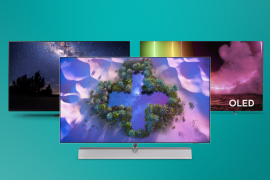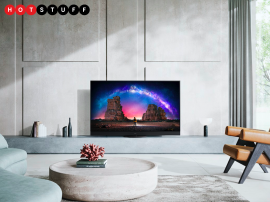Every Sony 2017 4K TV detailed
The tech, the screen sizes, the prices
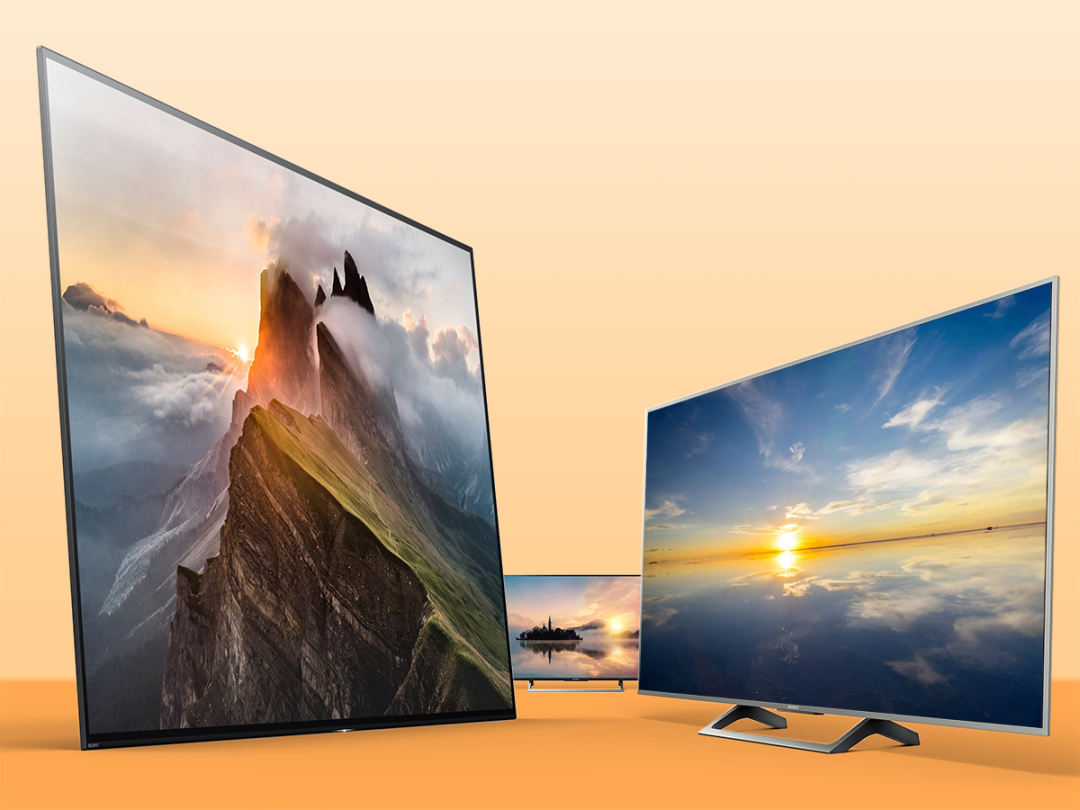
If you can’t beat ‘em, join ‘em. That seems to be Sony’s mantra for its TV range this year.
That’s because included in its rather extensive 2017 roster is its first 4K OLED set, taking on the likes of LG and Panasonic at their own game.
That’s exciting. OLED’s slinky screens, inky dark blacks and pin-sharp pictures make a good case for the more the merrier as far as we’re concerned.
That’s the big news, then, but Sony’s got a good number of 4K LCD TVs in its locker too, with its flagship ZD9 set making a triumphant return from 2016 to lead 2017’s line up as well.
Whether you’re in the market for OLED or LCD, there is some common ground across the ranges that we’ll clear up now. Firstly, all of 2017’s 4K sets play nice with two of the three main varieties of HDR. That’ll be HDR10 and HLG, with the latter version being the one that the BBC is behind. Either will give you superbly saturated colours and top-drawer dynamic range.
They also continue their support for Android TV as their smart platform of choice, which means benefits such as Chromecast and YouView built in from the get go.
Got all that? Good. Now read on for the lowdown on all of Sony’s 2017 4K TVs.
Sony Bravia A1 OLED
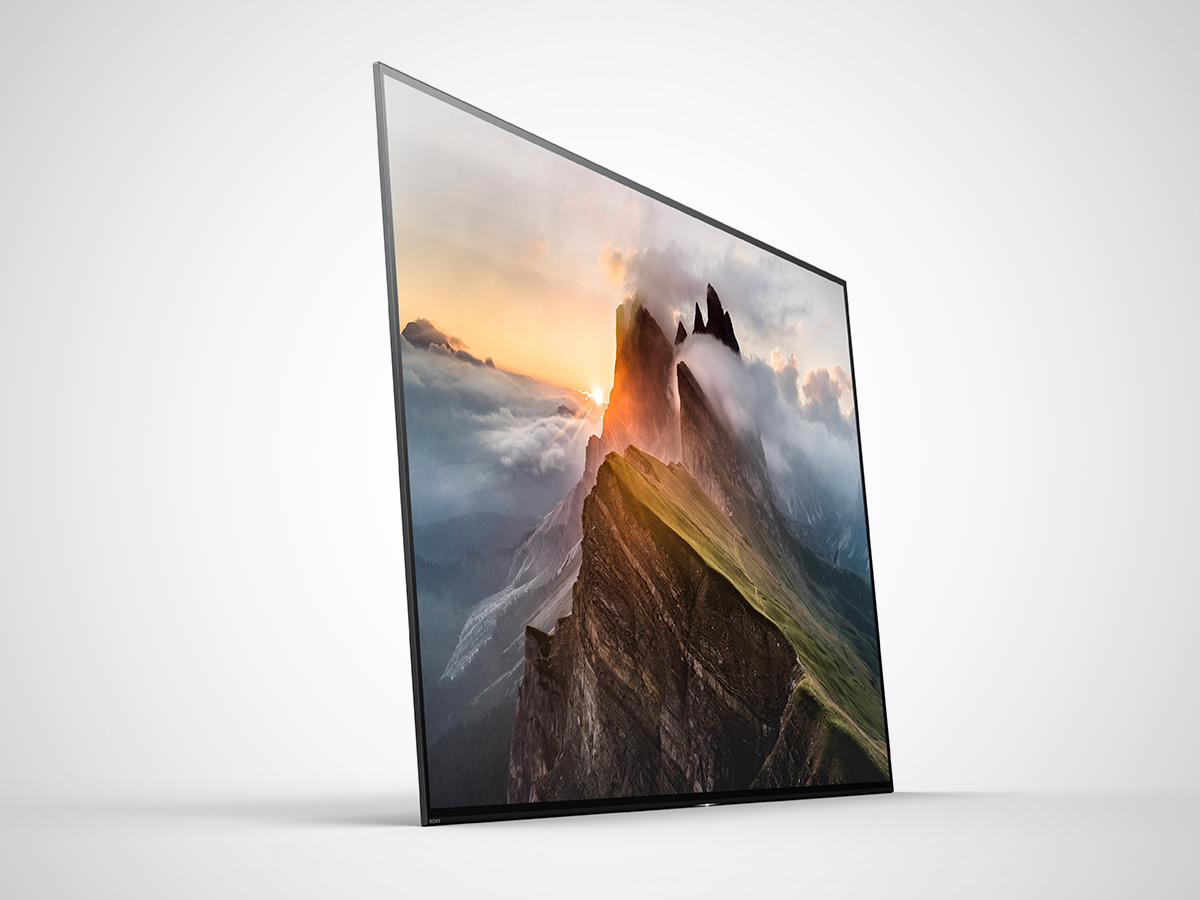
It seems pretty fitting that Sony has saved its most ‘look-at-me’ design of 2017 for its first 4K OLED. Its barely-there bezel is joined by a so-called ‘stand-less’ design, which uses a hidden kickstand to prop it up like a picture frame.
That makes for a bold living room statement all on its own, but there’s more to this set than a pretty face. All eight million of its self-illuminating pixels are left in the hands of the X1 Extreme image processor – Sony’s best one yet – which is tasked with delivering more accurate colours, better contrast and top-notch upscaling.
That’s backed up with extra support for HDR. Like the rest of the range, it’ll include both HDR10 and HLG flavours at launch, but backing for Dolby Vision will also follow by the end of the year.
It’s pretty flashy in the sound department too, doing away with traditional speakers for its new Acoustic Surface technology. This hands over sound duties to two actuators placed directly behind the OLED panel (plus an 8cm sub in the stand), which vibrates the screen itself to make a sound.
That might sound pretty iffy for the lifespan of your pricey new TV, but Sony’s tests promise it’ll survive the ownership of even the biggest action-movie fan.
Screen sizes and prices: 55in (£3,500), 65in (£5,000)
Read more › A1 OLED hands-on
Sony Bravia ZD9
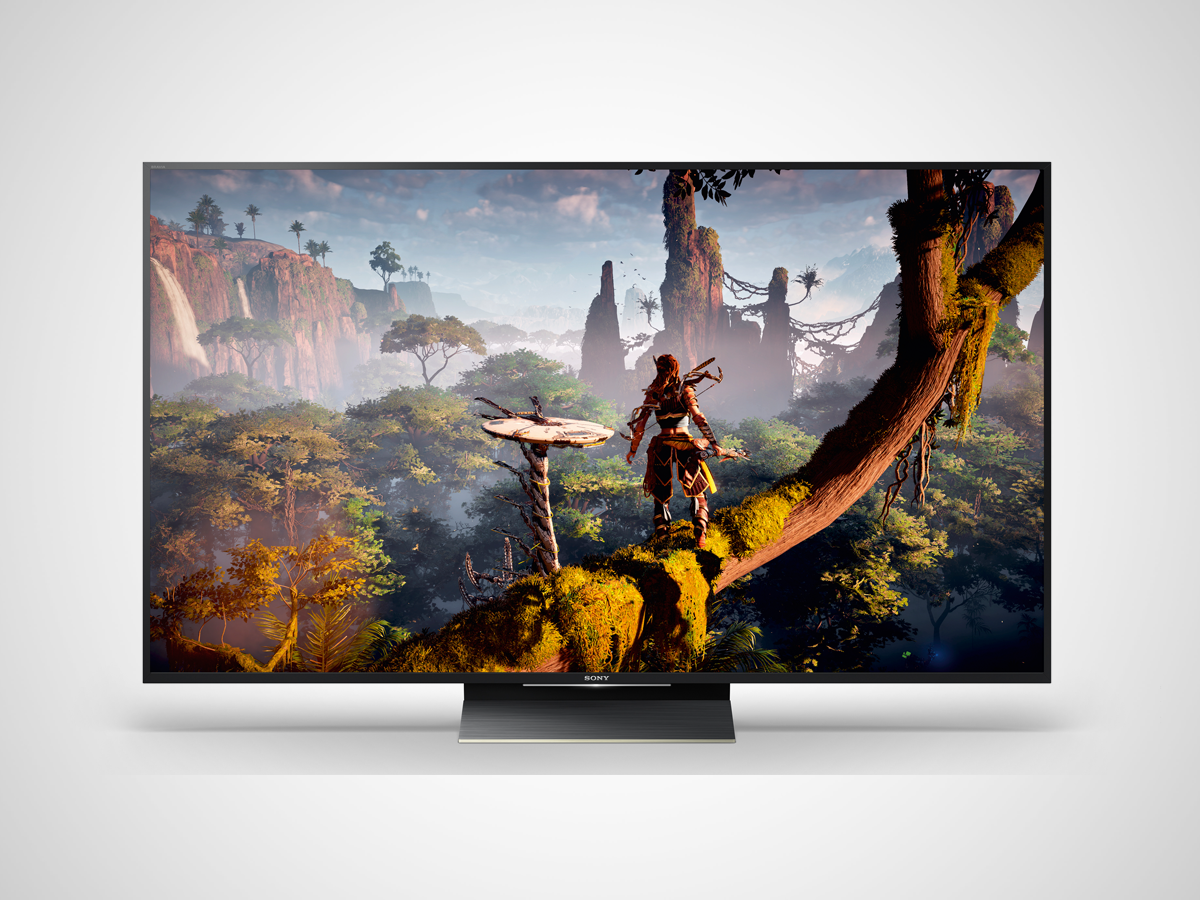
Sony’s 2016 LCD flagship only made its appearance known in the latter half of 2016, so it makes sense that Sony hasn’t quite finished shouting about it yet.
In fact, the ZD9 still leads the 2017 4K LCD product range, with its Backlight Master Drive tech promising a range-toppingly good picture. It packs in more than 600 LEDs behind the panel, each one individually controlled for a seriously accurate picture.
It also boasts the X1 Extreme processor for the best in Sony’s image processing capabilities, alongside X-Tended Dynamic Range Pro. This works hand in hand with the high-end local dimming to boost dynamic range by up to 16 times, compared to a bog standard TV.
It looks pretty swish too, with premium gold finish and cable management built into the stand to keep things tidy.
There’s a choice of three screen sizes, though you’ll probably only consider two of them unless you’ve had a recent lottery win (and have a pretty sizeable living room).
Screen sizes and prices: 65in (£4000), 75in (£7000), 100in (£60,000)
Read more › Sony KD-65ZD9BU 4K TV review
Sony Bravia XE94 / Sony Bravia XE93
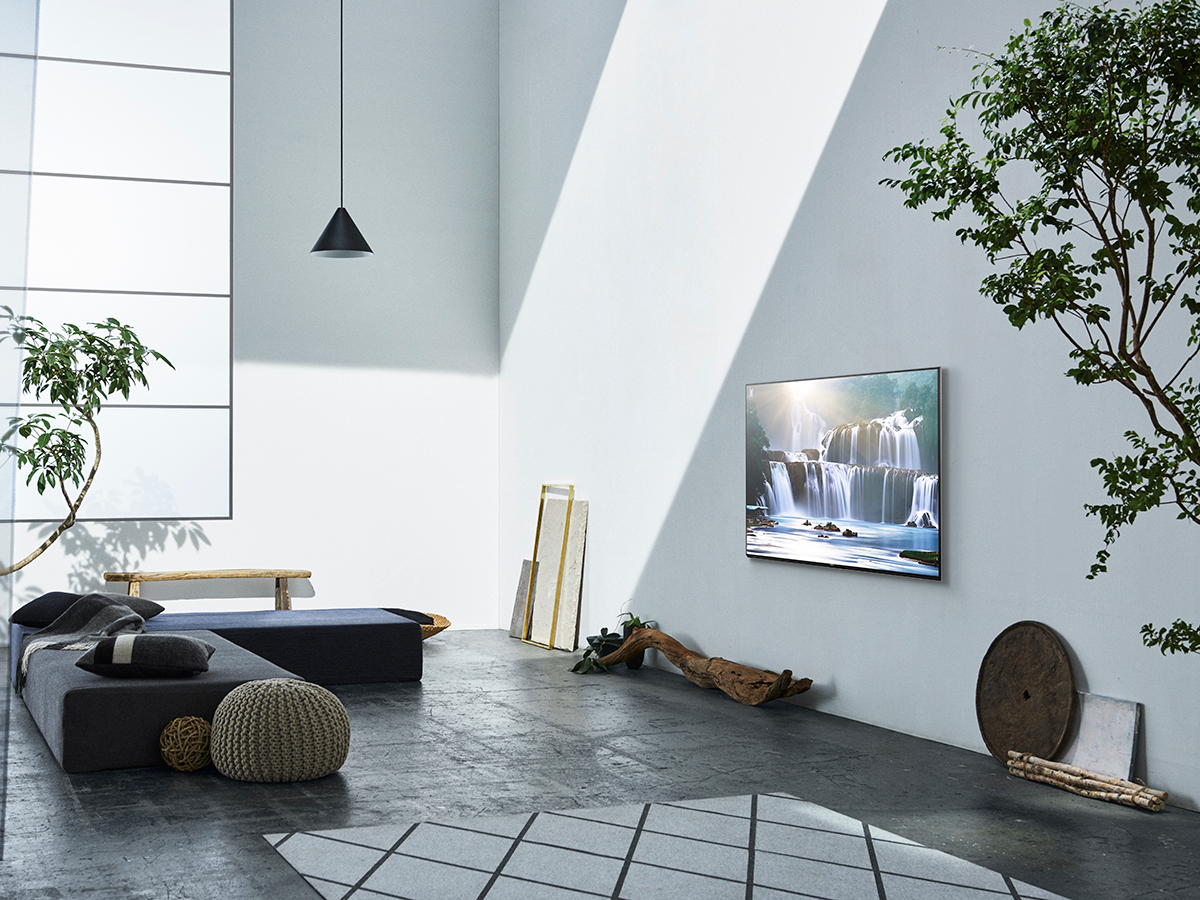
We’ve bundled these two together because there’s a lot of crossover, with one main difference – the XE94 is a full array backlit set, while the XE93 packs Sony’s clever Slim Backlight Drive+ edge-lit technology instead.
We’re not even sure the XE94 really even counts as its own range when it comes in just one screen size (75in). As far as its standing in the line up goes, while it’s easily outdone by the ZD9’s denser backlighting line up, it’ll trump the XE93 for contrast performance thanks to its more sophisticated backlighting tech.
That’s not to take anything away from the XE93 though – its Slim Backlight Drive+ promises a picture that’ll put conventional edge lighting to shame. It uses improved tech that combines two edge LED modules with two layers of light guide plates, placed in sequence for better results.
This should double the number of local dimming zones compared to last year’s XD93 for more control and a better picture overall, particularly when combined with the X-Tended Dynamic Range Pro processing that pops up here too.
Other benefits include a slimmer design and cheaper price to the XE94, thanks to its less bulky, less costly lighting skills.
Elsewhere, you can count both the XE94 and XE93 in on the top-notch X1 Extreme processor too, plus they’ll both also squeeze in a Dolby Vision firmware update before the end of the year, for the holy trinity of HDR goodness.
Screen sizes and prices: XE94 – 75in (£TBC), XE93 – 55in (£2400), 65in (£3200)
Sony Bravia XE90
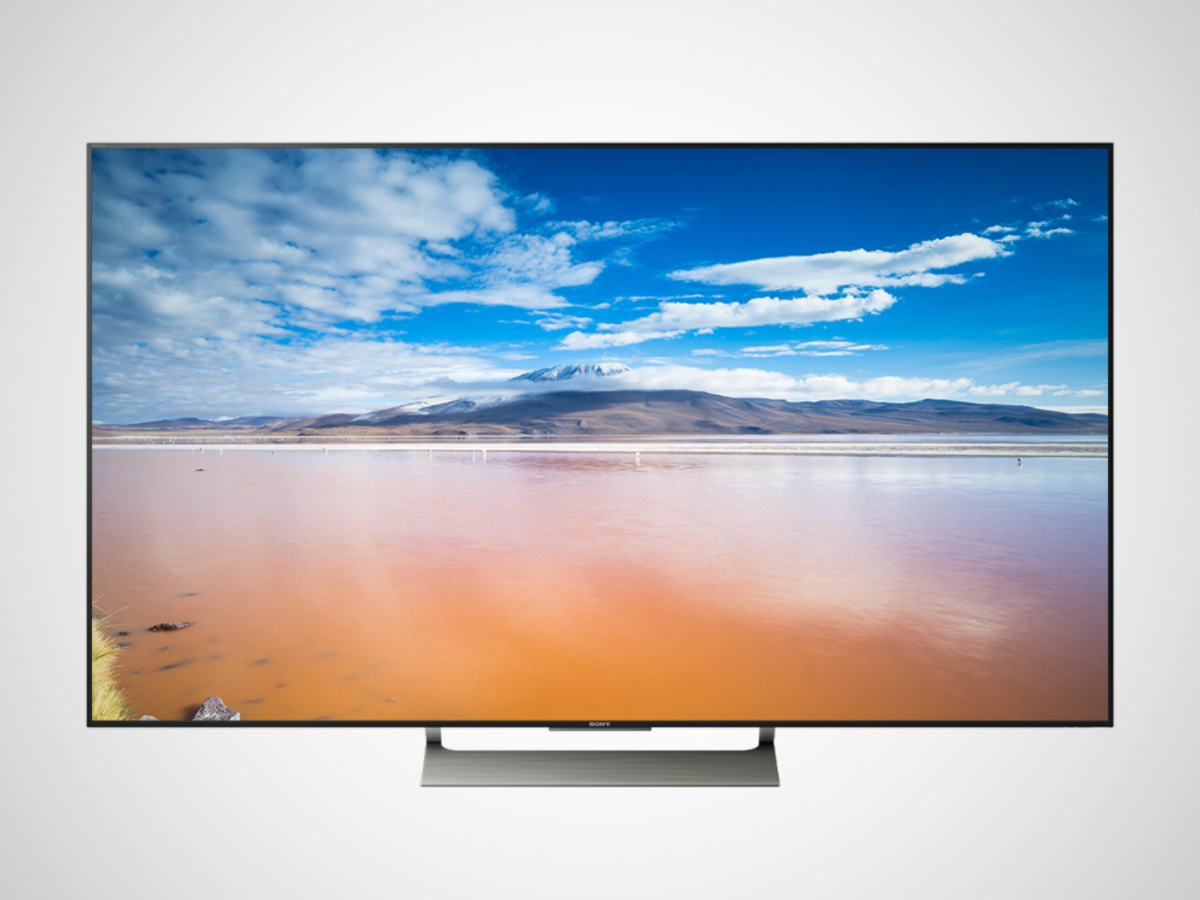
The XE90 is the perfect example of trickle-down tech in action. While full array backlighting used to be reserved for only the priciest of sets, Sony is now delivering it to the upper midrange for the first time ever, and at screen sizes as small as 49in.
Boasting better contrast and improved colour accuracy than its edge-lit siblings, it means AV aficionados finally have an option that doesn’t require a serious talk with their bank manager.
It’ll take an expected step down in performance from the XE94 though, due to the inclusion of the standard X1 image processor, in place of the X1 Extreme. The X-Tended Dynamic Range Pro tech isn’t as effective as it is higher up the ranges either, but this is the lowest range to feature it.
At the time of writing, Sony hasn’t said there’ll be a Dolby Vision firmware update for the XE90. If that’s important, you’ll need to save up for the XE94.
Screen sizes prices: 49in (£1500), 55in (£1700), 65in (£2500), 75in (£4500)
Sony Bravia XE85
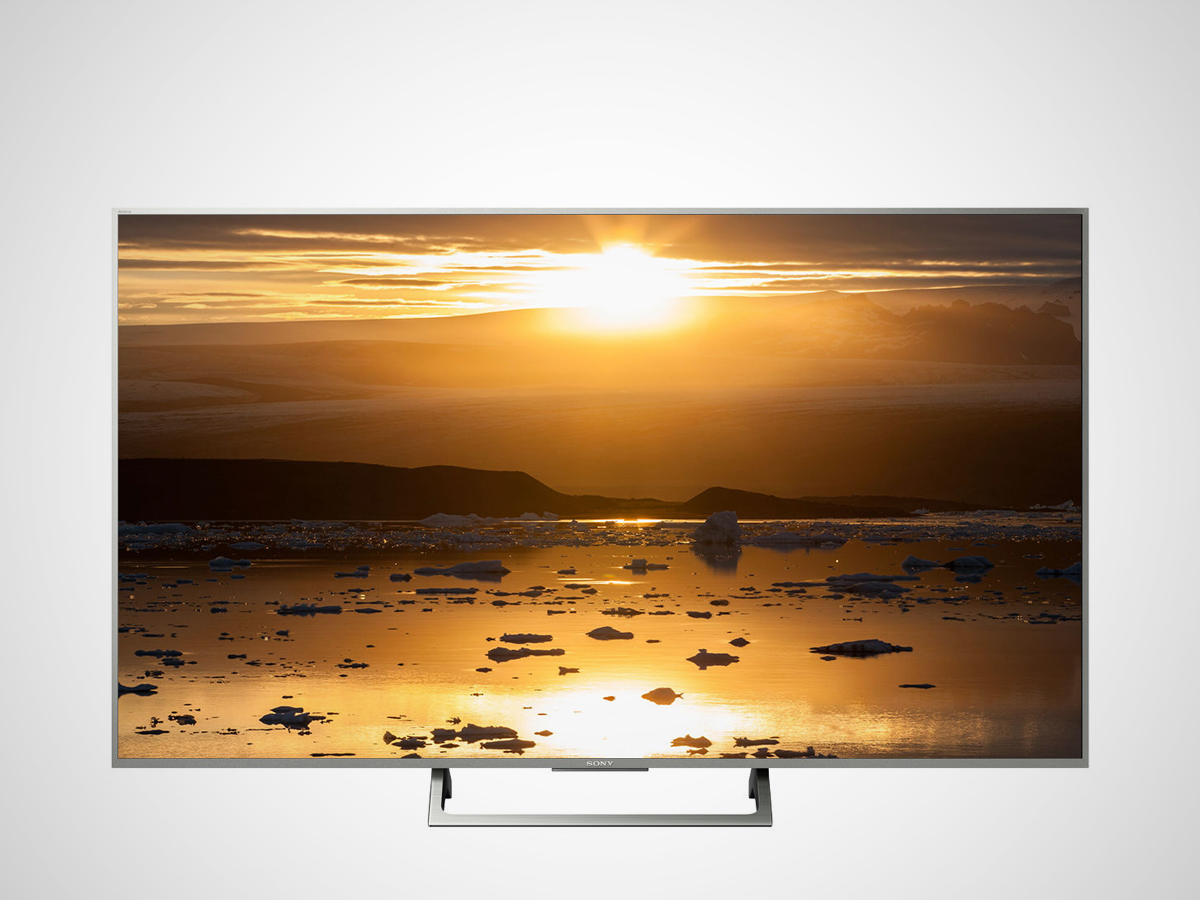
Not bothered by direct LED? Then the XE85 might be a good option to consider, offering a lot of the XE90’s charm, but with an edge-lit panel and cheaper price tag.
As with the XE90, it keeps the regular X1 processor, which may not be the top dog of Sony’s processors but which still packs in plenty of the good stuff.
In particular, it promises to guard against the image banding you’ll see with lesser processors, claims to clean up noisy images without losing detail and packs object-based HDR remastering for more accurate images.
Its backlighting takes a step down to frame dimming rather than local diming though, which will mean less impressive contrast than higher up the range.
The XE85 is your last chance to get your hands on a 75in 4K set too – from here on down, screen sizes are capped at 65in.
Screen sizes and prices: 55in (£1400), 65in (£2200), 75in (£3500)
Sony Bravia XE80

If you’re looking for a smaller 4K TV set, the XE80 range is your Sony go-to. Available in 43in and 49in, it uses Sony’s older processer, the 4K Reality Pro, but don’t let that put you off: it should be plenty powerful to keep a screen of these sizes looking smart.
The panel drops down to a native 50Hz refresh rate for the first time in the range, but that’s only to be expected as the prices get lower. Connectivity isn’t scrimped on though, with the same four HDCP2.2 compliant HDMIs as the flagship, plus Wi-Fi and Bluetooth all round.
Design-wise, it still looks as sharp as the rest of the range, with a slim aluminium bezel and clever stand that’ll keep your cables hidden from show.
Screen sizes and prices: 43in (£1000), 49in (£1100)
Sony Bravia XE70
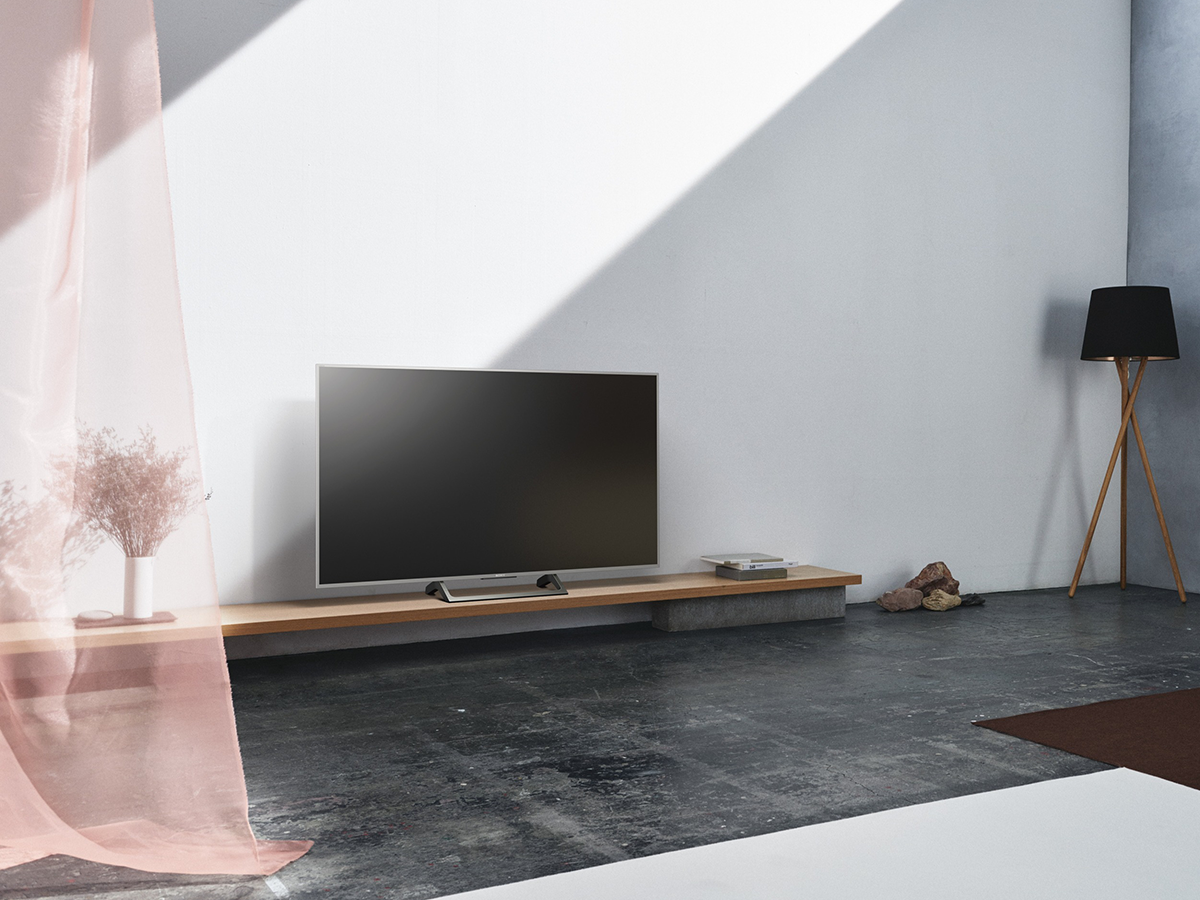
We’re at Sony’s most entry-level 4K HDR set now, but you really have to pick through the spec sheets to tell it apart from the XE80.
From our digging, it looks like you’ll lose an HDMI port, so there are only three to play with, and there’s also no sign of Sony’s Triluminos display for a wider colour gamut.
It’s also rocking a slightly thicker design at 7cm thick (vs 5.7cm on the XE80 and 4cm on the XE93), but looks just as lovely from the front with its slim bezels and an aluminium finish.
It also comes in a few more screen sizes, and with a few specs shaved off here and there, we’re hopeful that this will come in under £1000 in its smaller sizes (pricing is still TBC).
Screen sizes: 43in, 49in, 55in, 65in

